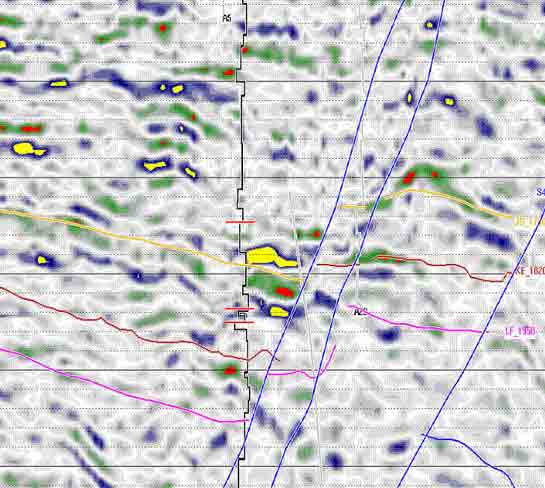Ocean Bottom Seismic Processing
Maximize the value of your multicomponent data
Comprehensive array of algorithms and workflows to maximize the value of your multicomponent data.

Multicomponent seismic technology is extremely effective in reducing the risks involved in reservoir development, routinely extending the use of seismic data into the reservoir domain. Multicomponent technology can be applied in both reservoir development and exploration environments to help resolve many seismic and geological challenges. The combination of the signals recorded by the hydrophone and the Z-component geophone can help to reduce water-borne multiple contamination.
As a result of S-wave anisotropy, S-waves usually split into two, a fast and a slow mode; these split S-waves are very sensitive to fractures and can provide information about fracture density (fracture porosity) and orientation (directions of preferred permeability).
P-wave reflections may be disturbed by gas trapped in the subsurface. S-waves can be used to help clarify the subsurface image because they are unaffected by pore fluids, an important attribute that can improve seismic imaging and highlight information valuable for reservoir characterization, reservoir monitoring, and well planning.

S-waves can provide valuable insights into the nature of subsurface lithologies and pore-saturating fluids, highlighting reservoirs not previously visible using only P-waves.
S-waves can help monitor time-lapse variations. During production or injection, reservoir fluid saturation and pressure can change dramatically.
Methods such as pore-pressure prediction can highlight the presence of shallow gas.
Subsurface imaging is often improved through wide-azimuth illumination; multicomponent technology offers a cost-effective means of acquiring such data in an offshore environment.